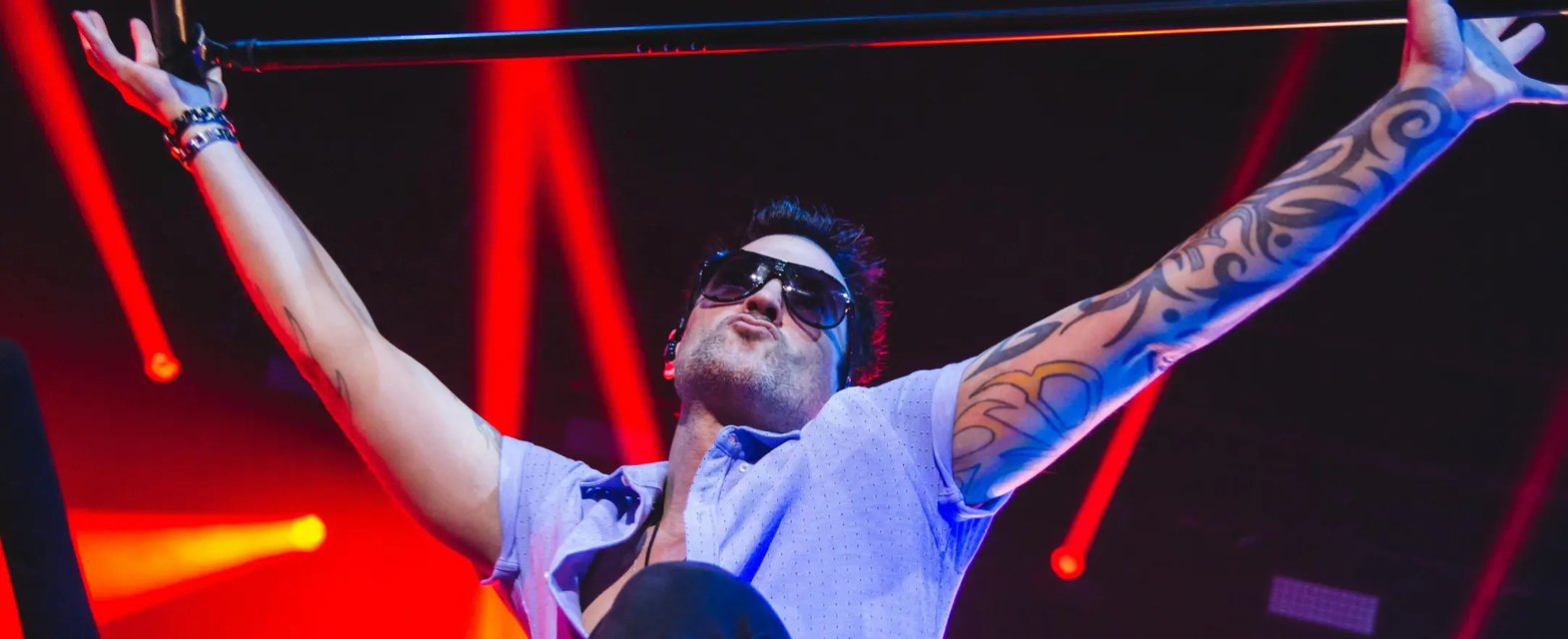
Changing Behaviours in a Post-Lockdown World
As the world progresses through stages of the COVID-19 global health crisis, businesses everywhere are asking the critical question: what next?
While it’s tempting to focus on the US as an important bubble on its own, when looking at these broader trends impacting every market it’s helpful to take a step back and view from the global approach. So, I'll be speaking from my perspective as a current resident of the United Kingdom.
Doing so allows a comparison of cause-and-effect cases and staggered time frames that provide insights into where we’ve come from – and what the future holds.

Between several rocks and a hard place
The climate created by governments being forced to close business operations and enforce social distancing for the safety and health of their citizens is unprecedented. It creates a two-pronged problem for businesses.
On the one hand, it’s unclear whether consumers will return to their pre-pandemic behaviours or keep new habits driven by months of working from home, restriction from external leisure activities, and continued social distancing measures.
On the other, the actual business impact of forced closures and production slowdowns is immense. A tip-over into a global recession and massive job losses would severely limit consumers’ ability to revitalize all of the businesses that have suffered over the last few months.

Additionally, the pandemic has exacerbated a growing trend of business “activism.” Restricted spending by consumers makes the allocation of their wallet share ever more important, and companies are recognizing that and responding to their calls for action.
Where brands stand on big issues is more important than ever, and it will be interesting to see if these new habits persist in their new-normal lives.
Navigating the new normal
Businesses also have a more practical consideration to navigate: the underlying fundamentals of human habits and the environment these will create.
Working at home, for example, has changed from a luxury of the startup world to a necessity that has practical implications moving forward. Digital workspaces have seen huge surges in engagement, with Zoom meetings at +3,250.0% engagement from before the pandemic and even healthcare provider Amwell at +1,754.6%.

The chief executives of Barclays and WPP predicted back in April that flexible working would become the new normal, and suggested an end to major city-center office buildings and rush hours. This could mean anything from having more, smaller satellite branches to rotating workers in hot-desk style spaces like WeWork. It makes financial sense for companies, which can save on office real estate, and workers, who can save time and money on commutes.
With more time to spend at home, this new trend could drive spending on home improvement. Similarly, new opportunities to work locally could redistribute population centers, as workers no longer need to live as close to their city-center offices as possible.
As restaurants and bars are still required to enforce social distancing, takeout could replace reservations — greatly to the detriment of their normal operational profit margins. For retail, facing similar circumstances, online orders could make up a greater share of these businesses’ profits – although, as the lines for Primark reopening in the UK could indicate, perhaps being starved of retail therapy may result in a short-term resurgence.

Our continued slide into the digital realm
Be it online retail, live virtual entertainment, healthcare services, or workplaces, the shift to digital has been resounding.
Emerging from a previous environment where digital life was still the realm of the early-adopter crowd, it has now decidedly moved into the mainstream and, given the many perks of convenience, is here to stay. The demand for digital capacity will continue to increase as the audience for it broadens in their needs and interests.
Businesses across all industries are facing a whole new climate of consumer sentiments and habits, and they need to consider the new thoughts, new habits and new hopes of their audiences to adapt their strategies for an uncertain future.
Discover's upcoming timeframe capabilities and global scope can help brands and marketers judge how their audiences are changing and adapting to the times, and help prepare for the new normal.
Stay tuned for our series highlighting some of the exciting new trends emerging, and reach out if you want to learn more about our new platform.
Generate Actionable Insights at the Speed of Life. Ask us how
